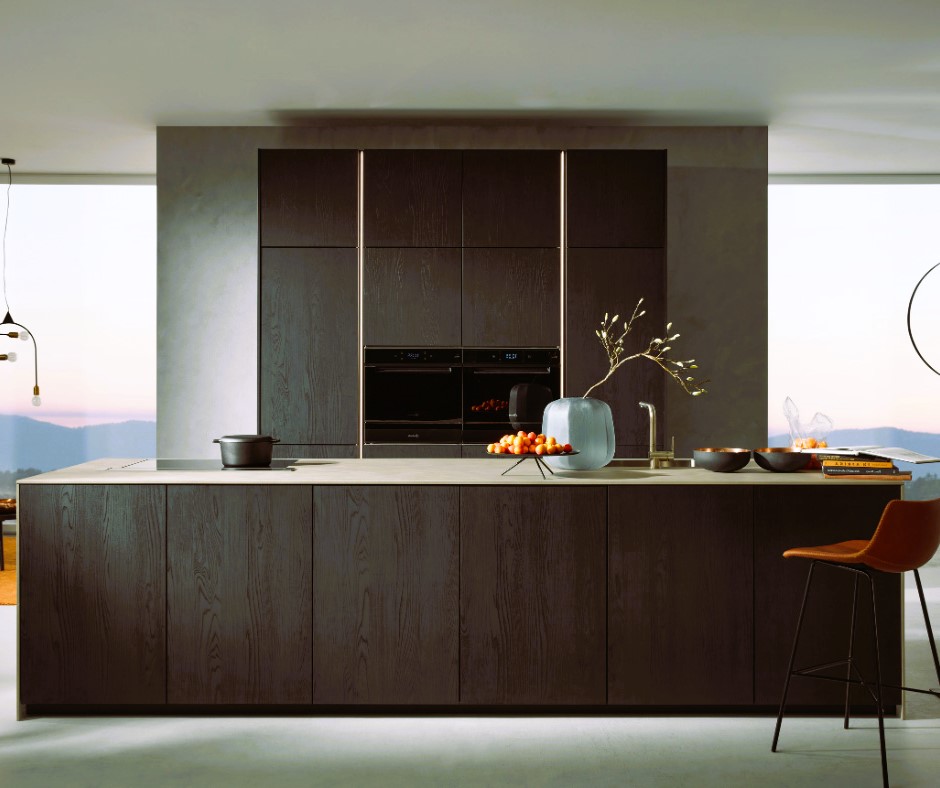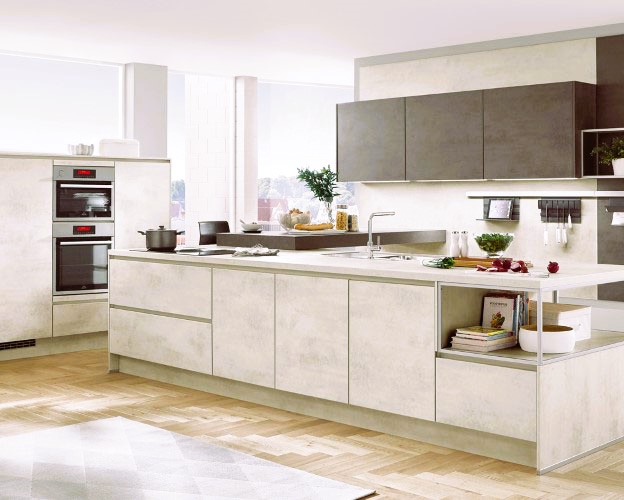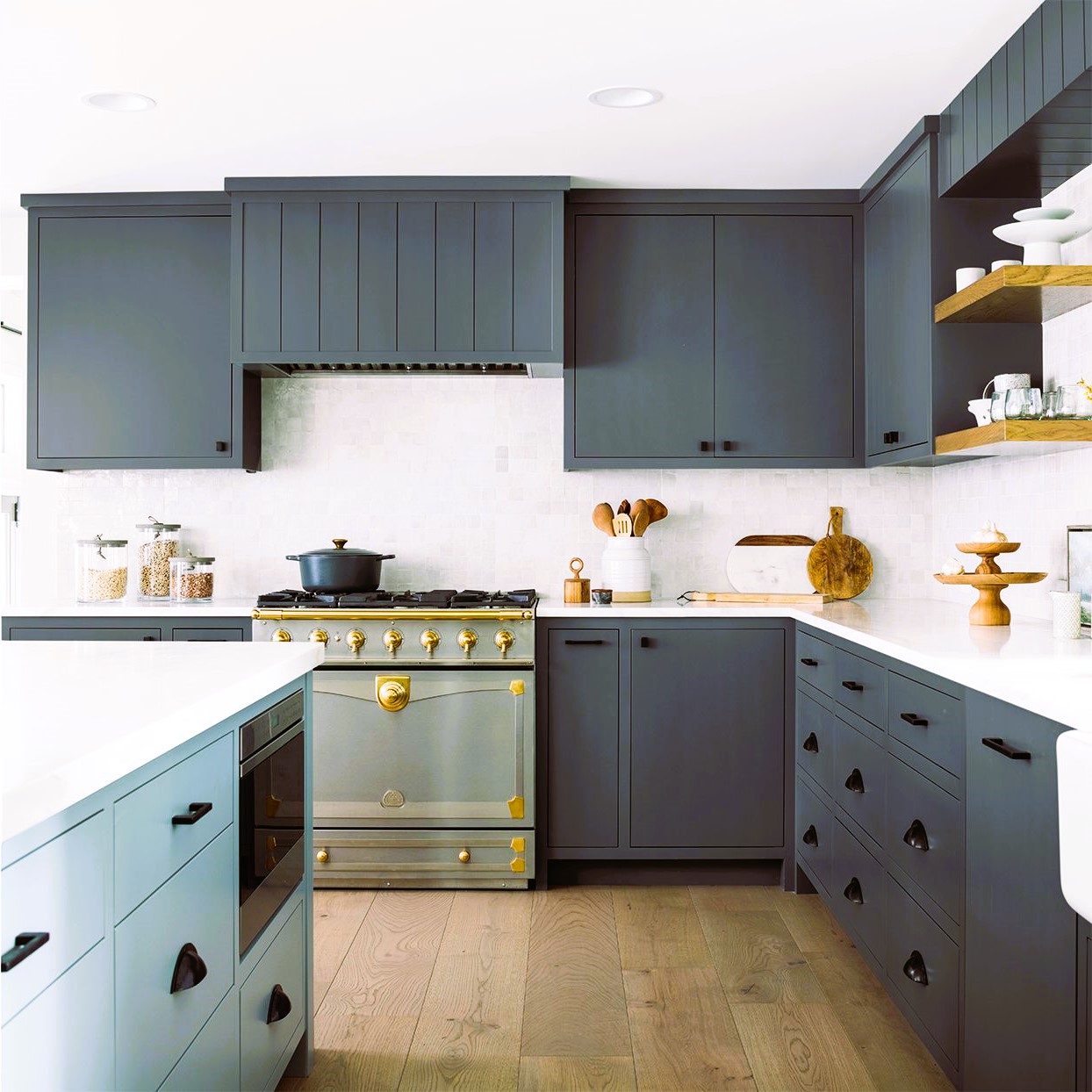Minimalist Kitchen Designs: Embracing Simplicity and Elegance
In the realm of kitchen design, the minimalist approach has gained widespread popularity for its ability to create spaces that are not only aesthetically pleasing but also highly functional. Minimalist kitchen designs prioritize simplicity, clean lines, and a focus on essential elements, resulting in spaces that exude elegance without unnecessary clutter. This article explores the principles and benefits of minimalist kitchen designs, showcasing how embracing simplicity can elevate your culinary space.
Principles of Minimalist Kitchen Design
Minimalist kitchen designs are guided by a set of principles that contribute to their unique charm and functionality:
1. Simplicity is Key
At the core of minimalist design is the principle of simplicity. This means paring down the design to its essential elements and avoiding unnecessary ornamentation. Clean lines, uncluttered surfaces, and a straightforward layout define the minimalist kitchen.
2. Neutral Color Palettes
Minimalist kitchens often feature neutral color palettes, such as whites, grays, and muted tones. These colors create a sense of openness and tranquility while allowing key design elements to stand out. The absence of bold colors contributes to the overall simplicity of the space.
3. Functional Layouts
The layout of a minimalist kitchen is carefully planned to maximize functionality. Every element serves a purpose, and the design prioritizes ease of movement and efficient workflow. This is particularly important in smaller kitchens, where space optimization is crucial.
4. High-Quality Materials
Minimalist kitchen designs often showcase high-quality materials that stand out in their simplicity. Materials such as natural stone, stainless steel, and sleek wood grains contribute to the elegant and sophisticated aesthetic. These materials are not only visually appealing but also durable and easy to maintain.
5. Ample Storage with Concealed Spaces

Storage solutions play a pivotal role in minimalist kitchens. Cabinets and storage spaces are designed to keep essentials out of sight, maintaining a clean and uncluttered look. Concealed storage contributes to the overall sleek appearance of the kitchen.
6. Focus on Functionality Over Ornamentation
In minimalist kitchens, functionality takes precedence over ornamentation. Appliances, fixtures, and design elements are chosen for their utility and efficiency. The goal is to create a space where every item serves a purpose and contributes to the overall functionality of the kitchen.
7. Innovative Lighting Solutions
Lighting is a key element in minimalist kitchen designs. Large windows or strategically placed light fixtures contribute to a well-lit space. Pendant lights or recessed lighting fixtures with clean lines complement the overall minimalist aesthetic.
Benefits of Minimalist Kitchen Designs
Embracing a minimalist approach to kitchen design offers a range of benefits that go beyond aesthetics:
1. Efficient Use of Space
Minimalist designs excel in optimizing available space. By eliminating unnecessary elements and focusing on essential features, even smaller kitchens can feel spacious and uncluttered.
2. Ease of Maintenance
The simplicity of minimalist kitchens translates to easier maintenance. With fewer surfaces to clean and clutter-free spaces, keeping the kitchen in top condition becomes a straightforward task.
3. Enhanced Functionality
The emphasis on functionality in minimalist design results in kitchens that are highly efficient. Every element is strategically placed to facilitate a seamless cooking and dining experience. Did you like the article? Read also about The Art of Kitchen Design.
4. Timeless Elegance
Minimalist kitchens exude a timeless elegance that transcends trends. The clean and sophisticated look remains relevant, making it a durable choice for those seeking a long-lasting design.
5. Reduced Stress and Clutter
A clutter-free environment contributes to a sense of calm and reduces stress. Minimalist kitchens promote a tranquil atmosphere, creating a space where cooking and dining become enjoyable and stress-free activities.
Incorporating Minimalist Design in Your Kitchen

If you’re considering adopting a minimalist design for your kitchen, here are some practical steps to get started:
1. Declutter Your Space
Begin by decluttering your kitchen and eliminating items that are not essential. Keep countertops clear of unnecessary gadgets and decorations, creating a clean and open surface.
2. Choose Neutral Colors
Opt for a neutral color palette to create a calm and cohesive look. White, beige, and gray tones work well to establish the foundation of a minimalist kitchen.
3. Invest in Quality Materials
Select high-quality materials for countertops, cabinets, and flooring. Minimalist designs often feature materials with clean lines and a smooth, polished finish.
4. Streamlined Cabinetry
Choose streamlined cabinetry with handleless designs for a sleek appearance. Cabinets should prioritize functionality and storage while maintaining a minimalist aesthetic.
5. Functional Lighting
Integrate functional lighting solutions that enhance the overall brightness of the space. Pendant lights or recessed fixtures with modern designs can be focal points in a minimalist kitchen.
Conclusion: A Timeless Kitchen Aesthetic
Minimalist kitchen designs offer a timeless aesthetic that combines simplicity with elegance. By adhering to the principles of simplicity, focusing on functionality, and choosing quality materials, you can create a culinary space that is not only visually appealing but also highly efficient and easy to maintain.
For more insights into design principles and standards, you can explore Wikipedia’s Minimalism page. Additionally, for official guidelines and standards, refer to Canada’s Home Renovation and Design Standards.





